|
It was a weekend of sun and showers. Fortunately our small but enthusiastic group was well-dressed for the weather as we developed Banners for Banna at Birdoswald Roman Fort. Birdoswald defences are the best-preserved of any of the forts along the Wall. The landscape is fantastic here and it is one of the only parts of the Wall where you can see fort, milecastles and turrets in a relatively short length of wall. The Wall here had originally been turf but later was rebuilt in stone and the archaeological evidence shows that it was occupied after the Romans left and housed a population of local people and there have been people using this site ever since.
Over the weekend we had the historic expertise of English Heritage through their Hadrian’s Wall curator Dr Frances McIntosh and Education Officer for Northern England ,Helen Klemm. These 4 workshops were for adult volunteers who worked on the Wall in some capacity so we had volunteers involved in social engagement, guided walks leaders and young people working with young people on the Wall. We had a volunteer from the Northumberland National Park’s Sill - David Young - who was originally an engineer who shared interesting facts about the landscape and geology long before the Wall was built and then construction techniques along the Wall. He also measured the cafe annex (which formally was the site of an infantry centurian’s quarters) with me, information necessary for siting the new banners. We explored the fort and landscape from our different perspectives. Conversation flowed as we moved from Roman to modern times and Trump’s “wall”. Barrier or connector? How did the indigenous people feel when the Wall arrived? We speculated on access or population control or tax collecting? How did a farmer cope who had land on both sides? English Heritage arranged a selection of artefacts for us to look, hold and discuss and, in turn, they were shared with visitors who dropped in - especially on the Sunday. These gave ideas for patterns and drawings for the banners. One of the volunteers, Jackie, taught Yoga and she shared a relaxing mindfulness exercise inside Harrow’s Scar Milecastle. We found good luck phalluses carved on the Wall and learned a lot about the geology of the landscape which I certainly will be using with the other groups. I led a site exploration based on our senses and we collected single words to describe the sense of place, which we then expanded: River Irthing steep edged with soughing trees Rounded fells punctuated by marching fences Towards the people shouting Scrambling over Fort, Hall and Horse Round grassy mound with Square walls, stones stacked Green trees edging over the green leafy sea below. Karen MacDougall We developed these, playing word games, which led onto different poetic forms. We we looked at acrostics and mesostics and found out about links to John Cage and music and Merce Cunningham in a session presented by Clare Forsythe the project’s creative assistant. I shared WH Auden’s poem ‘Roman Wall Blues’ and led sessions on writing haikus and golden shovel poems. I love haikus as they paint a picture with words and the beauty is in elegance of 17 syllables and just how much you can say. Here is one I wrote for the Roman Cavalry project in 2016 Cavalry shade, Glide, helmets and plumes turning To face both ways Golden shovel poems are a relatively new art form devised by Terence Hayes as a homage to Gwendolyn Brooks who was the first African American woman to win a Pulitzer Prize for poetry, in 1950. I felt this ideal poetry form reflected the diversity of those past and present Frontier Voices from other lands and also pays homage to the fact that the Romans were really good at borrowing and subsuming other people’s ideas, such as Celtic deities becoming Roman ones evidenced along the Wall. The Romans also loved spectacle and ‘bling’! This is relevant as you ‘shovel’ a line of poetry that speaks to you and this becomes the last word of each line. I wrote Hadrian’s Wall Blues as an example for the group using the line ‘Over the heather the wet wind blows’ which is from WH Auden’s poem ‘Roman Wall Blues’ inspired by Hadrian’s Wall. Hadrian’s Wall Blues Too tall to see over, separating me from the family beyond. Heather smoke snakes upwards, the same sky. Arching over our wet lands split by a wind- break. Then the trumpet blows……… We then spent part of the final workshop engaging with the public, encouraging them to share with us how they saw or understood the landscape around Birdoswald. I thought there would be much more consensus but perhaps this shows the wide range of responses made by visitors to the site who were allowed to choose one word to describe the Wall landscape here. Here is a word art I made using WordPack, which we are using for the front cover of our Birdoswald anthology.
0 Comments
Leave a Reply. |
All photographs copyright
|

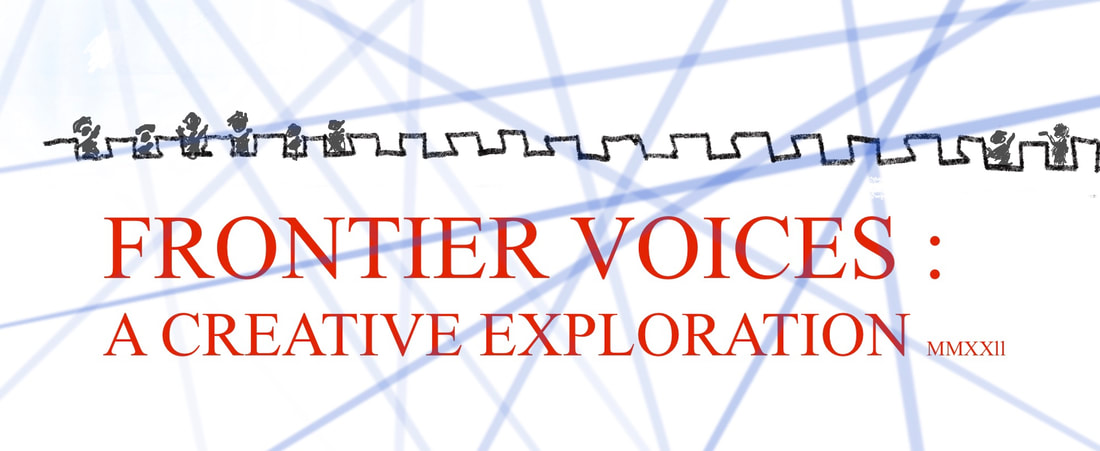
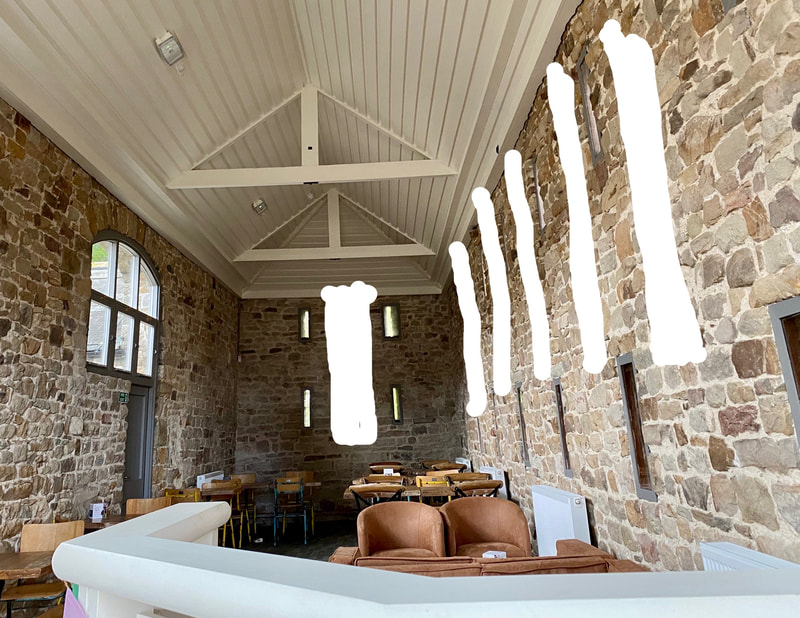
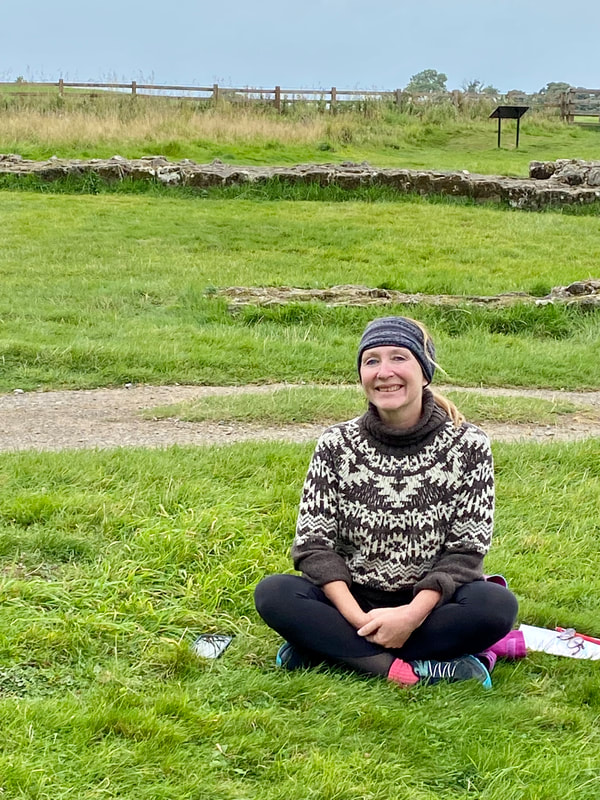
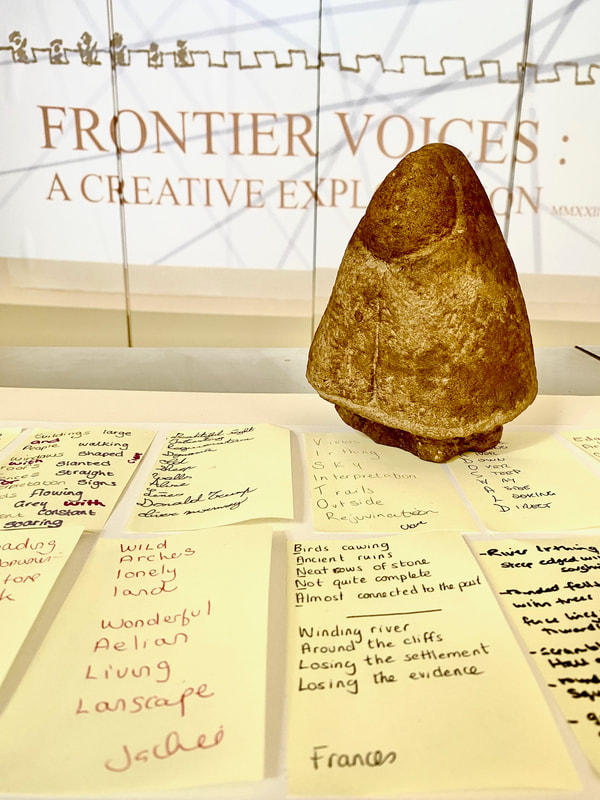
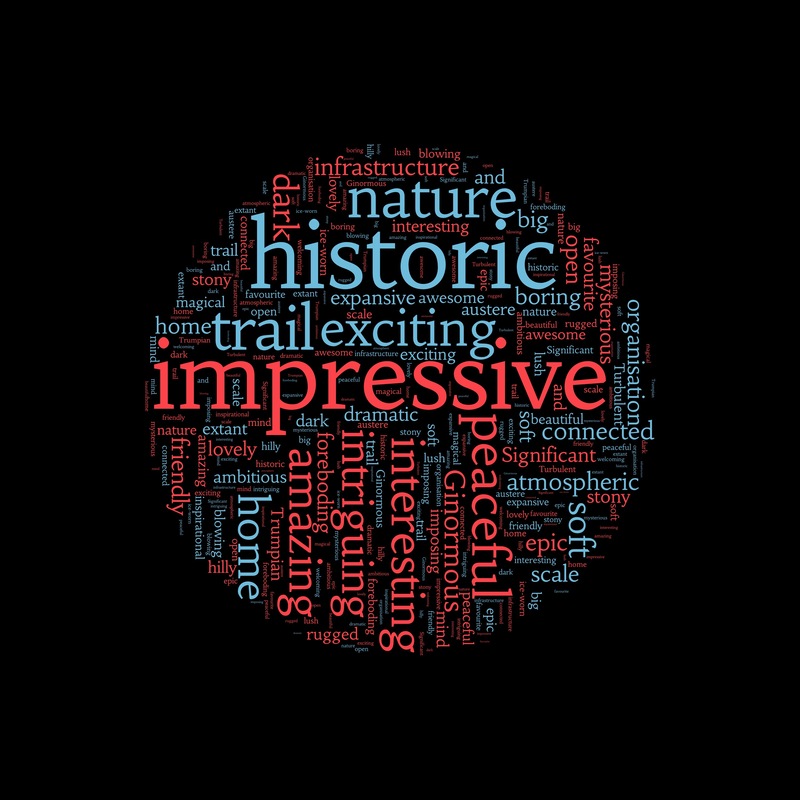
 RSS Feed
RSS Feed
